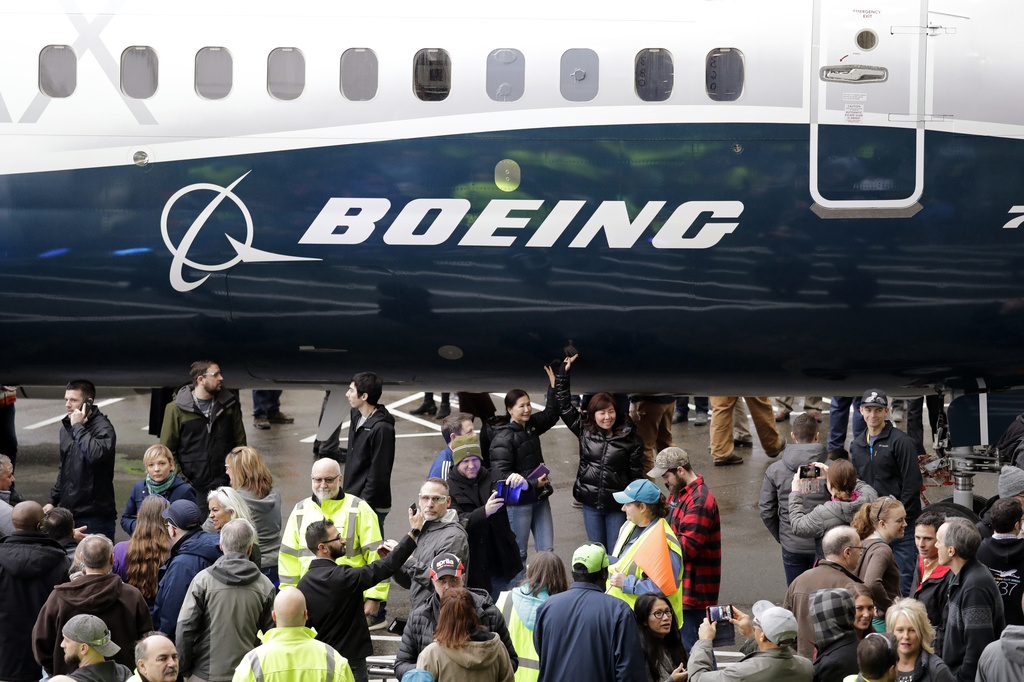
U.S. regulators are warning airlines to limit the use of an anti-icing system on Boeing 737 Max jets in dry air to avoid overheating engine-housing parts, which could cause them to break away from the plane.
The Federal Aviation Administration says the risk to the flying public is serious enough that it will put the order into effect in just 15 days, and without allowing public comment first.
The FAA said if the engine inlet gets too hot, parts of the housing could come off and strike a window, causing decompression and a hazard to passengers in window seats.
The finding affects LEAP-1B engines used on all versions of the Max. The engines are made by CFM International, a joint venture between General Electric and France’s Safran.
In 2018, a Southwest Airlines passenger died after part of the engine housing on an older version of Boeing’s 737 jet flew off and broke the window next to her seat. That engine failure started with a broken fan blade.
The FAA said there have been no reports of the overheating problem occurring on Max flights. It said the potential for damage was discovered during flight testing and analysis in June.
Boeing said overheating of the inlets — which are made by Boeing, not CFM — can only happen under “very specific” conditions and wasn’t known until recently.
“Boeing has identified measures to mitigate the potential issue and (is) working with our customers to deploy those measures while a permanent fix is developed,” the company said in a statement.
The problem highlighted by the FAA involves something called engine anti-ice, in which hot air from the engine is used to heat the housing and prevent the formation of ice that could be sucked into the engines.
The FAA is dictating that flight manuals tell pilots and airlines not to use engine anti-ice in dry air for more than five minutes. Otherwise, the FAA said, “during certain combinations of altitude, total air temperature” and engine settings, the engine inlet inner barrel could be heated beyond its design limit. That could cause the inlet barrel to fail and damage a piece of housing called the inlet cowl.
If parts break off from engine housing, it could not only break a window but might hit other key parts of the plane, causing pilots to lose control, the FAA said.
The FAA indicated it will publish the rule in the Federal Register on Thursday.
Two Boeing Max jets crashed in 2018 and 2019, killing 346 people. Investigations focused on an automated flight-control system that pushed the nose of the plane down based on faulty sensor readings. Boeing did not tell pilots and airlines about the system until after the first crash.
(AP)






